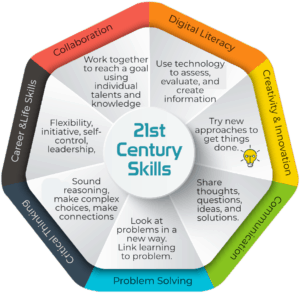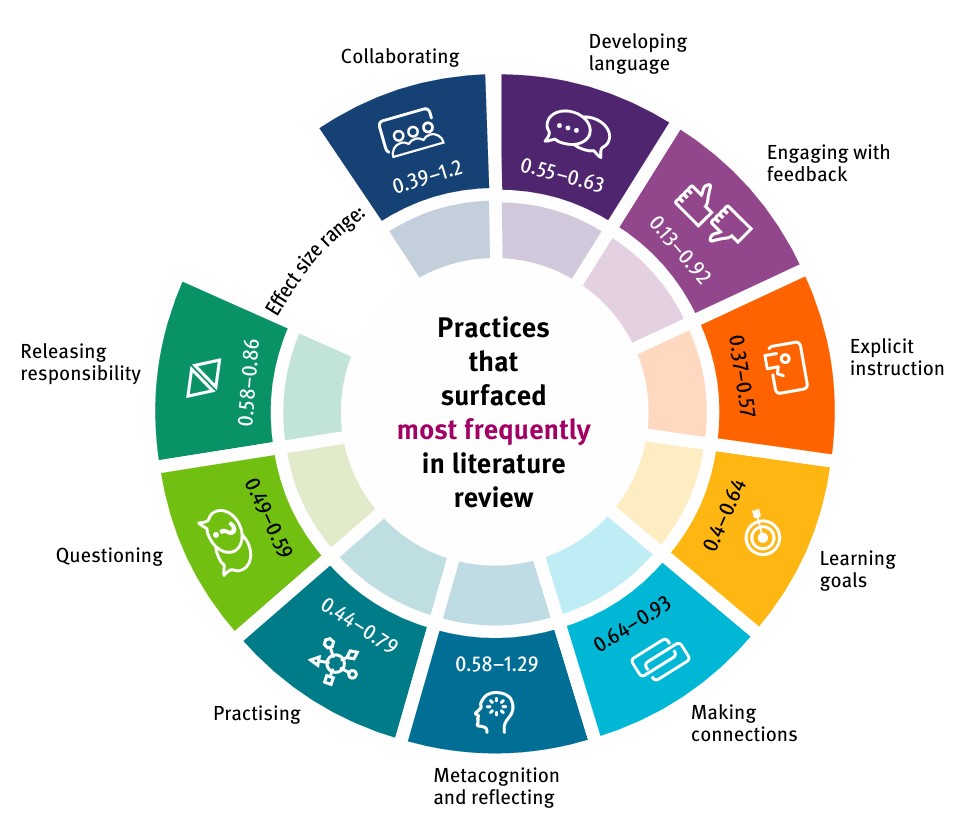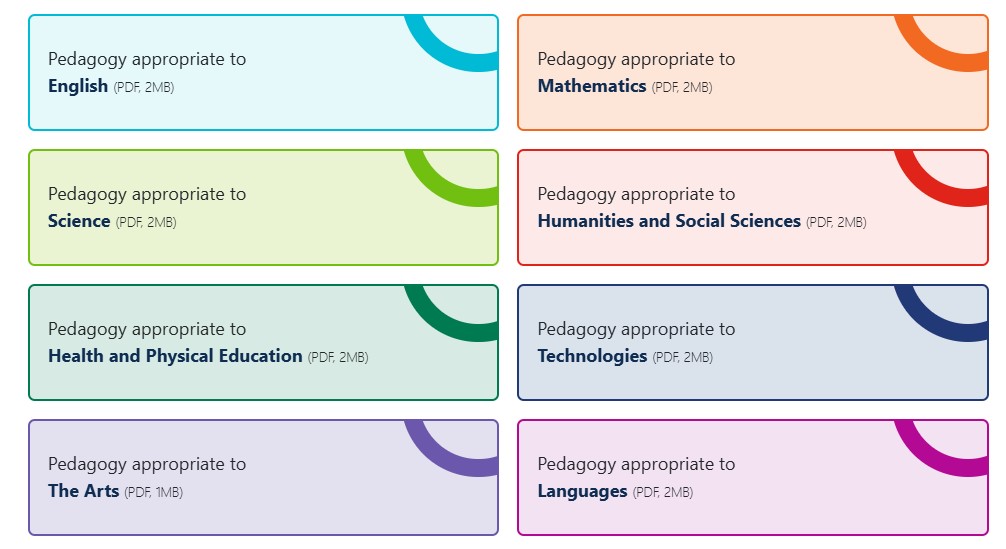The term pedagogy is specific to the education sphere. It is often referred to as the 'art and science of teaching'. To put simply, pedagogy is concerned with how teachers deliver learning- the strategies used, resources selected and environments established, along with the underlying learning theories that influence these teaching decisions. Student interests, characteristics, needs and transitions are fundamental to these decisions.
Age-appropriate PedagogiesTaroom State School has adopted the evidenced-based pedagogical approach known as “Age-Appropriate Pedagogies" (AAPs).
More information around this approach is found at the following link:
https://earlychildhood.qld.gov.au/early-years/age-appropriate-pedagogies
Whilst this approach has its origins in the early childhood sector, it is increasingly seen as an approach that equips all students with the 21st century skills necessary to be successful learners, workers and citizens now and in the future.

Teachers also use subject-specific pedagogies unique to each subject as well as practices for learning as documented in the diagrams below.

